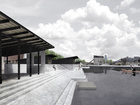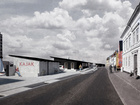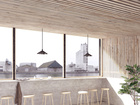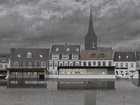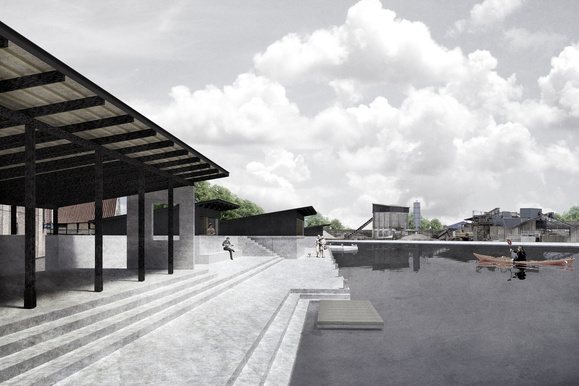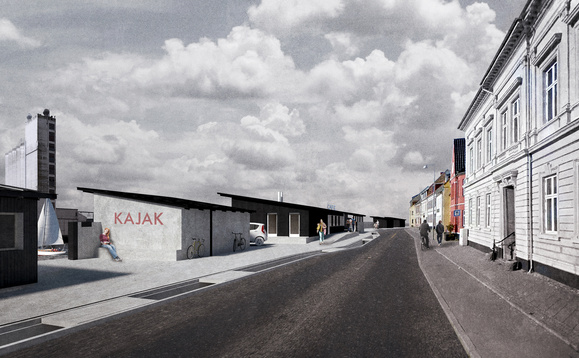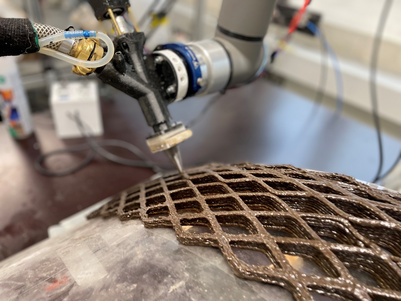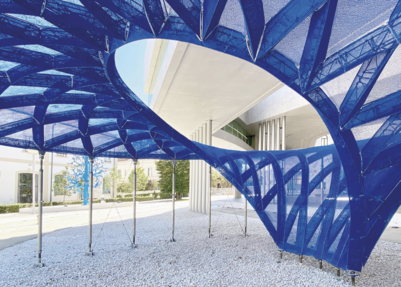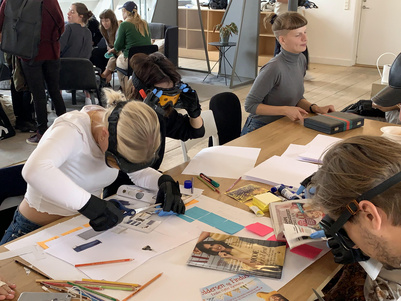Master’s Graduation Project 2015: When the Polar Icecaps Melt and Water Levels Rise
With the climate changing and the polar icecaps melting, there is an urgent need for forward-looking solutions for those areas at risk of being affected by rising sea levels. One place that is particularly at risk is the Danish town of Nakskov on the island of Lolland. Because of its location at the end of a fjord, the town and its inhabitants face a future that threatens flooding at levels 2.5 metres above normal. In his final degree project, Sebastian Mardi uses architecture in a project aimed at protecting the ancient market town from the future challenges of climate change.
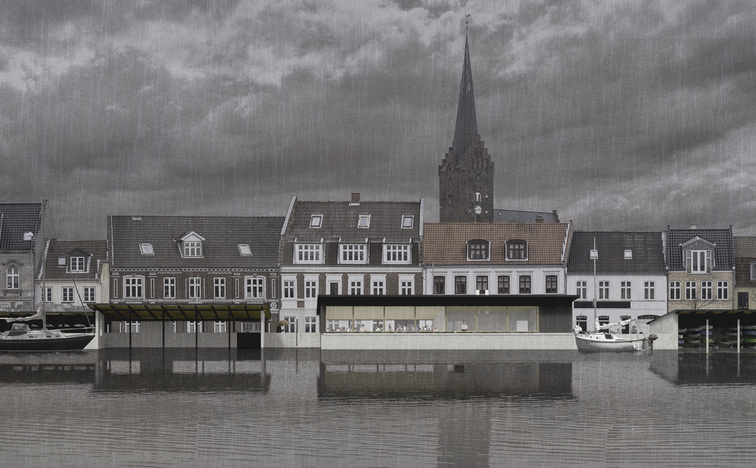
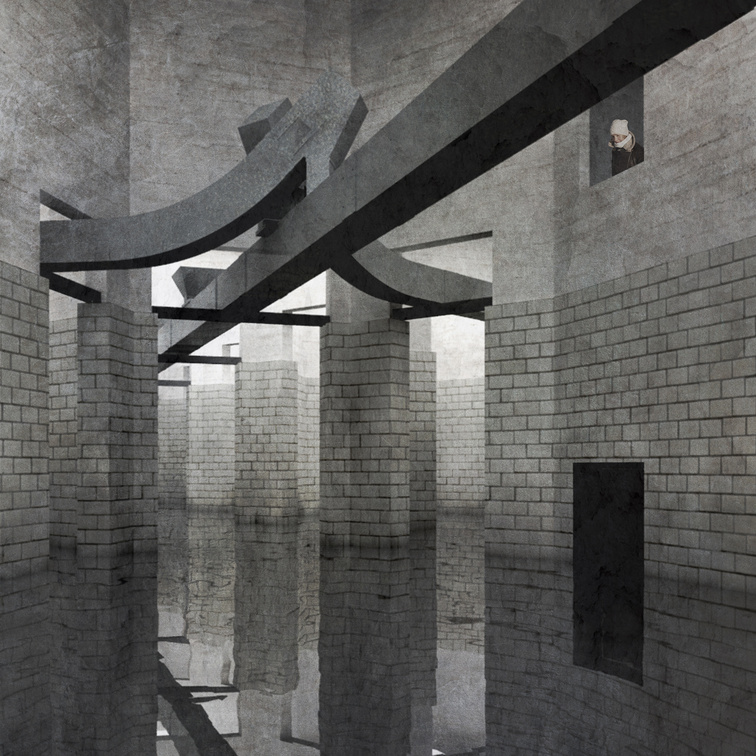
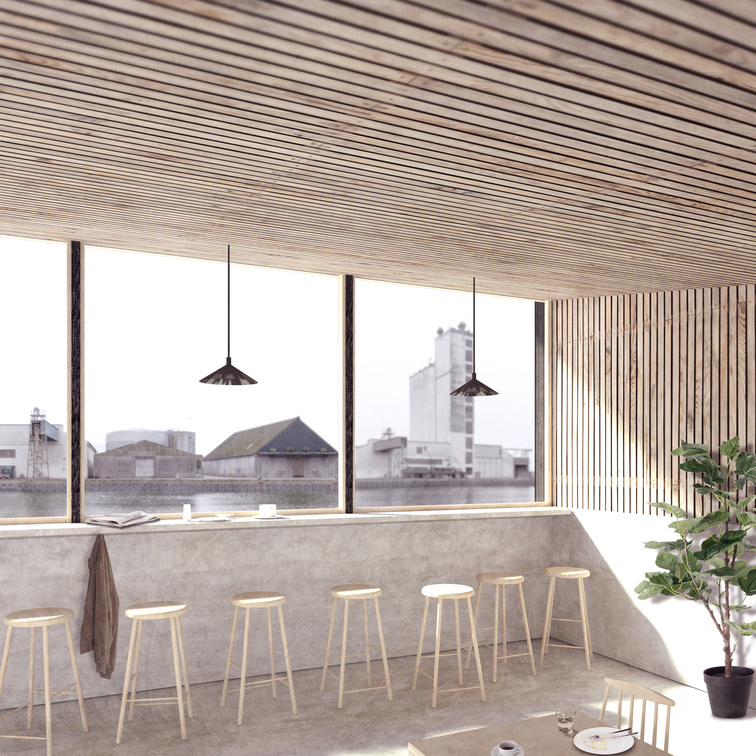
What is your Master’s graduation project about?
This project investigates how providing Nakskov with a coastal-defence solution can enhance the qualities that the harbour has today, at the same time creating new spatial experiences, both indoors and out.
My project proposes two different strategies for coastal protection. The fist proposes a significant reinforcement of the existing industrial buildings on the south side of the harbour with concrete and steel, as well as covering the concrete walls with waterproof tiles. Not only will this enable the buildings to withstand the salty seawater, but it will also create a new and unusual interior environment.
On the north side of the harbour sits the old town, with its houses built on wooden foundations that would be damaged by flooding. The proposal here is to create a high wall that will not only protect the cultural heritage, but will also function as part of a new waterfront development with new and interesting urban spaces.
Why did you choose to work on a specific issue such as this?
The fact that the problem I chose to address relates to a very relevant and current issue kept me motivated throughout my project. I have found very few examples of coastal defences, in which architecture plays a key role, and this is why I felt I could actually contribute something new.
This is an issue where I also believe that architects and artists should have an important role in the debate: by asking questions, creating visions and proposing possible solutions.
What is most fun and what things are hardest when working on architecture in the way that you do?
When I began to study Nakskov at the beginning of my project, I had no idea about the possible results that I would end up with. I was surprised many times during the process, and I learned a lot from it. It is also stressful when the only thing you have under complete control is the project’s final deadline.
What do you consider to be your greatest strength as a KADK architecture graduate?
Now that I have graduated, I have the ability to investigate and register a place to then be able to build upon that specific place in my work. Combined with a critical approach, this means that I can weigh up the pros and cons of a variety of options. I take a logical and systematic approach to my work. This provides me with a sense of freedom and security in the artistic design of the final project.


